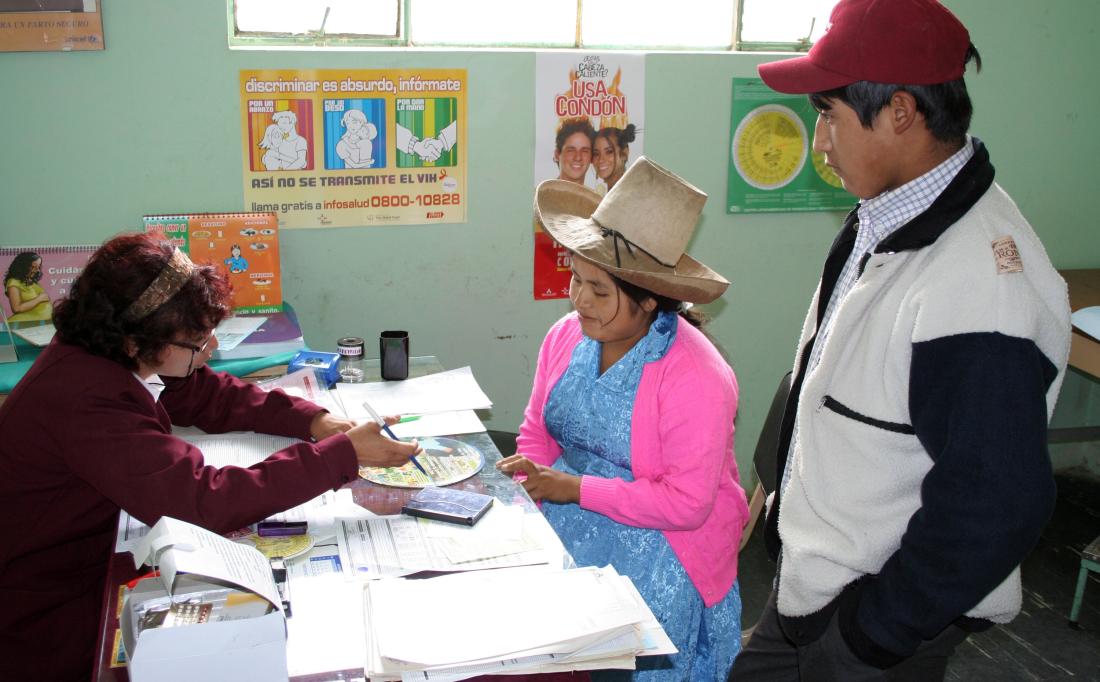Health Education for Microcredit Clients in Peru
- Women and girls
- Anemia
- Diarrhea
- Food security
- Preventive health
- Training
Policy issue
Health and education are areas affected by poverty. Households with limited resources face barriers affording quality education and seeking access to health information. As microfinance has become a popular development tool, its services have expanded to address other issues associated with poverty. Credit with Education is one model that provides microfinance clients with training services. By simultaneously addressing needs for financial services and health information, these programs attempt to create synergistic positive effects on clients and their families.
Context of the evaluation
Peru is a developing country rife with healthcare challenges. According to the World Health Organization, children have a 25% chance of dying before reaching the age of 5.1 A lack of knowledge about preventable illness like diarrhea and access to immunization contributes to poor health status of vulnerable families.
PRISMA, a microfinance institution lending to over 20,000 clients ,partnered with IPA to provide microfinance with health education.2 Freedom from Hunger, an NGO that provides supportive services for the poor, provided guidance to PRISMA in developing an education program based on its worldwide Credit with Education module.

Details of the intervention
PRISMA village banks were randomly assigned to either a treatment or comparison group. During eight monthly bank meetings, villagers belonging to treatment banks received health education trainings from loan officers, trained by Freedom from Hunger and PRISMA. The trainings included the following topics focusing on child and maternal health: common childhood illnesses, four danger signals (e.g. diarrhea, cough, fever), medical exams, indicators of quality medical visits, and care for sick children. Surveys administered before and after the trainings collected data on height, weight and hemoglobin ( to measure anemia), days absent from work due to illness, and child nutrition patterns. Institutional outcomes like client retention and repayment rates were also measured.
Results and policy lessons
Adults who received the health education training had significantly higher levels of knowledge of module content than those in the comparison group. There was no impact on health outcomes for children or institutional outcomes.
1 World Health Organization, “Peru,” https://www.who.int/countries/per/en/.
2 Prisma, “Microfinanzas, ” http://www.prisma.org.pe/#cabecera.
World Health Organization, "Peru," https://www.who.int/countries/per/en/.
Prisma, "Microfinanzas, " http://www.prisma.org.pe/#cabecera.

